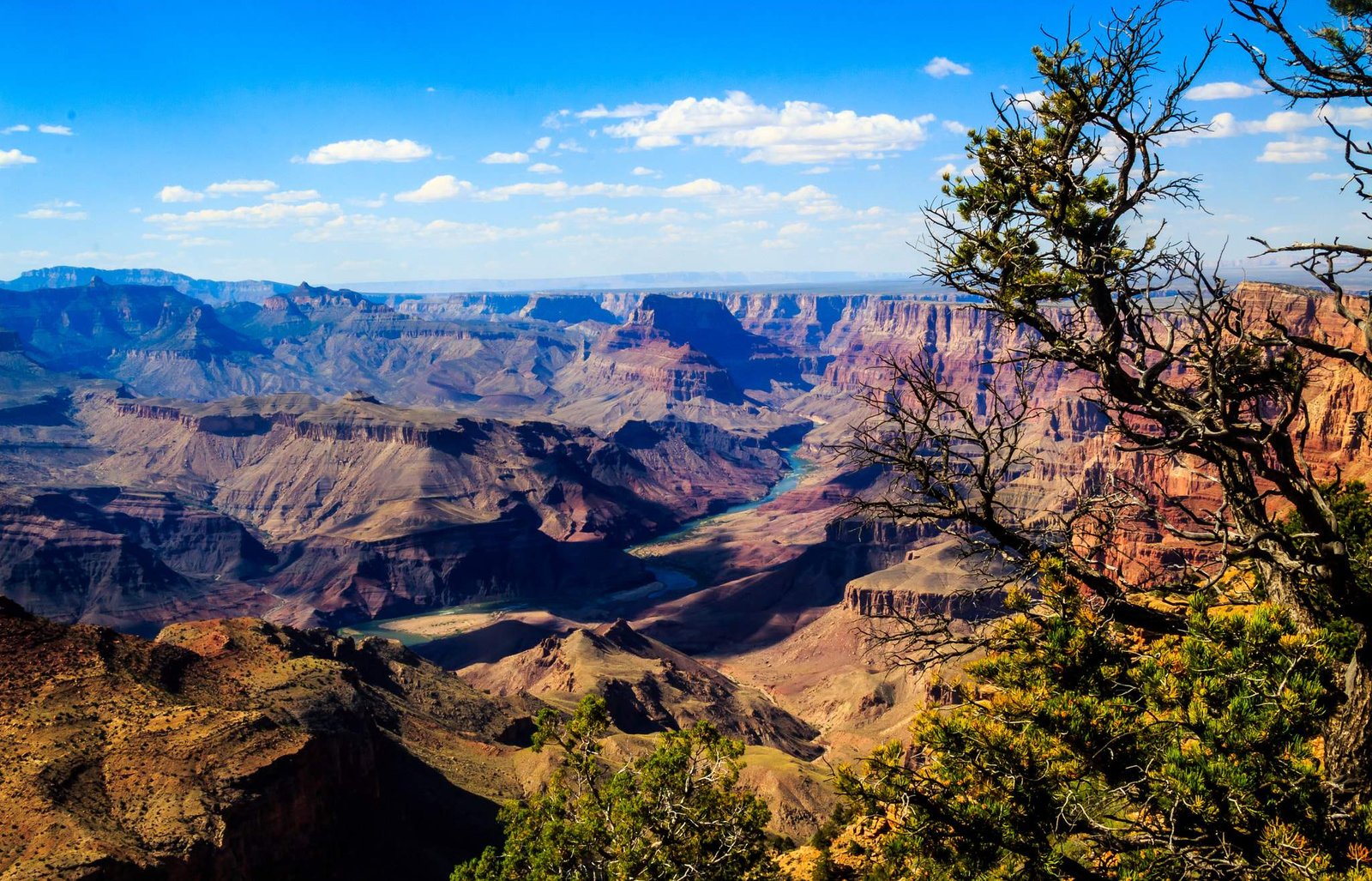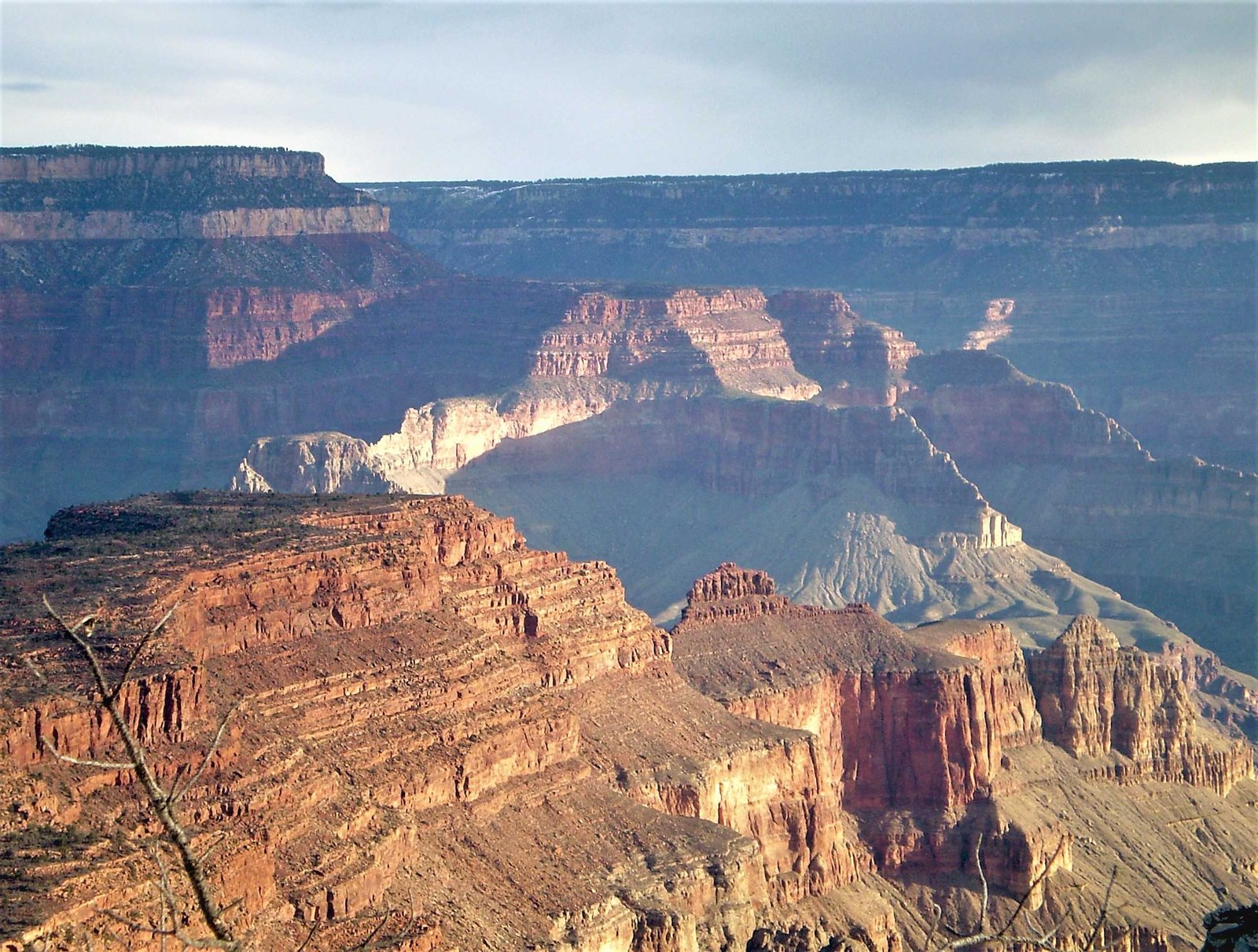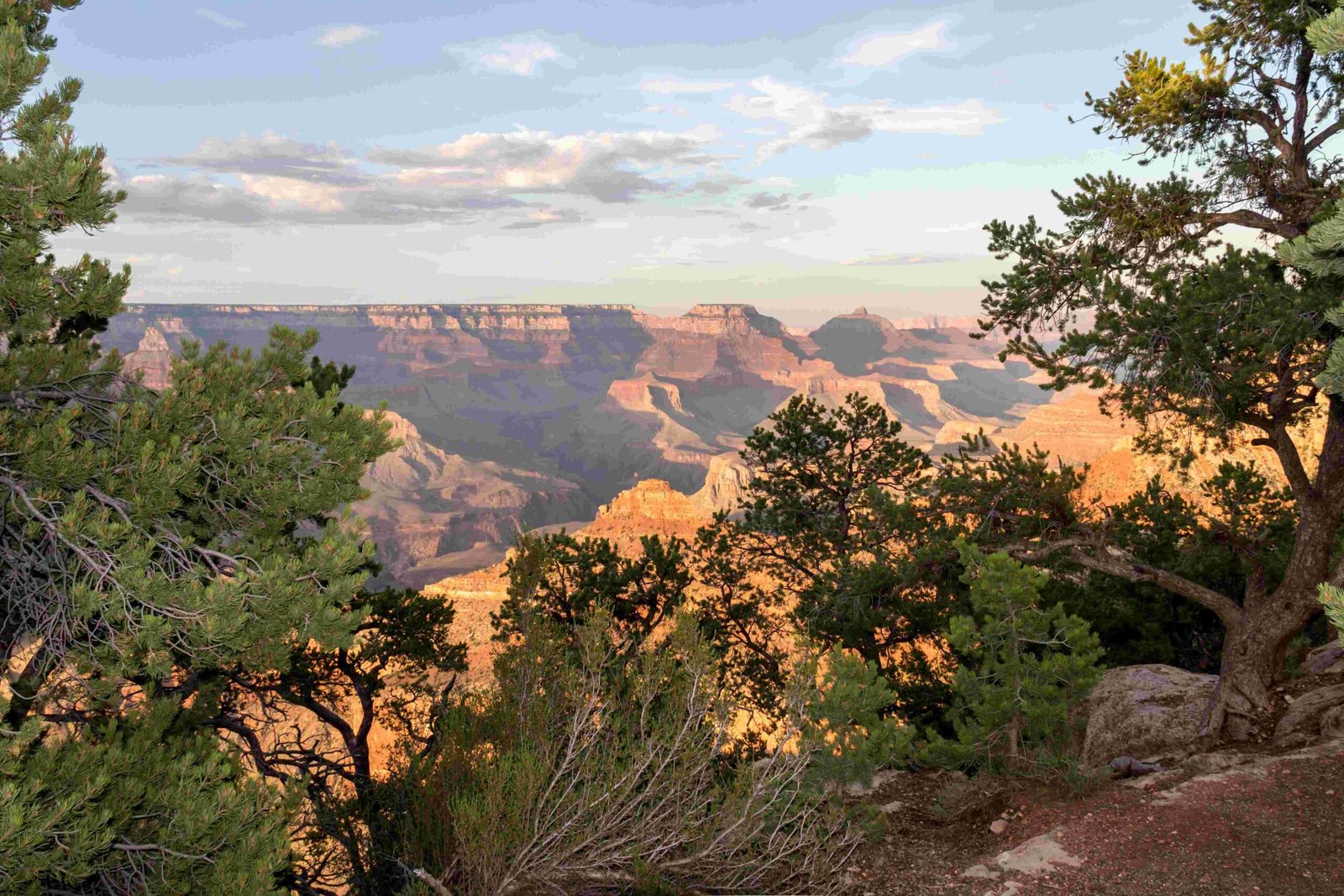The Grand Canyon National Park emerged from a complex tapestry of conservation efforts, geological wonder, and visionary leadership. Established on February 26, 1919, by President Woodrow Wilson, the park represents a pivotal moment in American environmental preservation, protecting one of the world’s most remarkable natural landscapes through strategic legislative actions and a deep commitment to safeguarding natural heritage.
What Drove the Initial Efforts to Protect the Grand Canyon?

The journey to establish the Grand Canyon National Park was not a sudden decision but a gradual process spanning several decades. Multiple factors contributed to its eventual protection:
Political Advocacy and Early Conservation Movements
- 1882: Senator Benjamin Harrison first introduced a bill to establish the Grand Canyon as a national park, marking the initial legislative attempt
- 1893: President Benjamin Harrison designated the area as a forest reserve, providing preliminary protection
- 1906: President Theodore Roosevelt created the Grand Canyon Game Preserve, recognizing its ecological significance
Key Milestones in Establishment
| Year | Milestone | Significance |
|---|---|---|
| 1908 | National Monument Status | Roosevelt’s proclamation provided federal protection |
| 1919 | National Park Designation | Official establishment under Woodrow Wilson |
| 1975 | Boundary Expansion | Inclusion of additional surrounding territories |
Who Were the Primary Advocates for the Grand Canyon’s Protection?

Several influential figures played crucial roles in the park’s establishment:
- Theodore Roosevelt: A passionate conservationist who used presidential proclamations to protect natural landscapes
- Benjamin Harrison: Early legislative advocate who introduced initial bills for protection
- Woodrow Wilson: Signed the final act establishing the national park
- John Muir: Influential naturalist who raised public awareness about conservation
What Scientific and Geological Factors Motivated Protection?
The Grand Canyon’s extraordinary geological features demanded preservation:
- Geological Time Capsule: Exposes nearly 2 billion years of Earth’s geological history
- Unique Erosion Patterns: Created by the Colorado River over approximately 6 million years
- Diverse Ecosystem: Home to over 373 bird species and 89 mammal species
How Did Indigenous Cultural Heritage Influence Park Establishment?
Native American connections to the land were fundamental:
- 12,000-Year Human History: Multiple tribes like Hopi, Navajo, and Havasupai had deep cultural ties
- Spiritual Significance: The canyon represented more than a landscape—it was a sacred cultural space
- Preservation of Traditional Knowledge: National park status helped protect Indigenous heritage
What Conservation Challenges Prompted National Park Status?
Several critical challenges necessitated federal protection:
- Unregulated Tourism: Potential damage from unrestricted visitor access
- Resource Exploitation: Risks of mining and commercial development
- Ecosystem Fragmentation: Need to maintain interconnected natural habitats
What Long-Term Impact Did National Park Establishment Have?
The designation created lasting benefits:
- Environmental Preservation: Comprehensive protection of geological and biological resources
- Scientific Research: Ongoing studies of geological and ecological systems
- Cultural Education: Opportunities to understand natural and Indigenous histories
- Global Recognition: UNESCO World Heritage Site status in 1979
Conclusion
The establishment of Grand Canyon National Park represents a pivotal moment in environmental conservation, balancing scientific understanding, cultural respect, and natural preservation.

